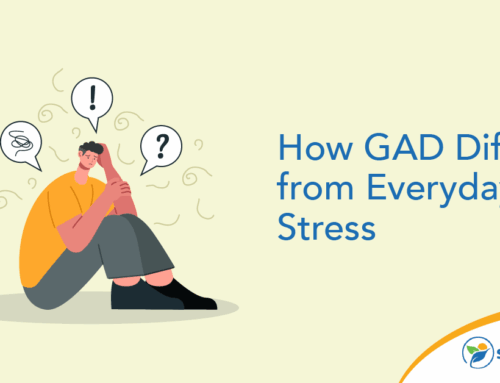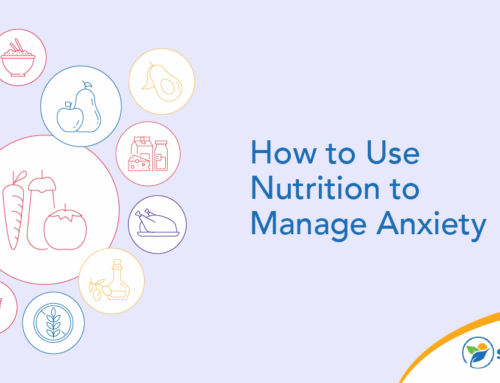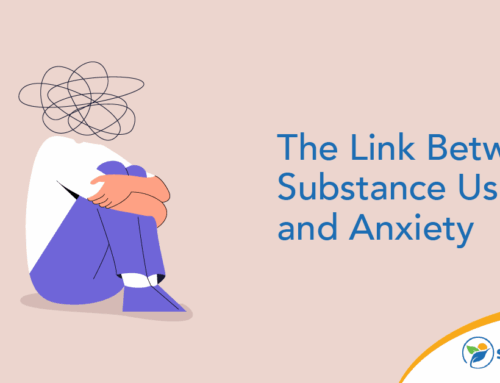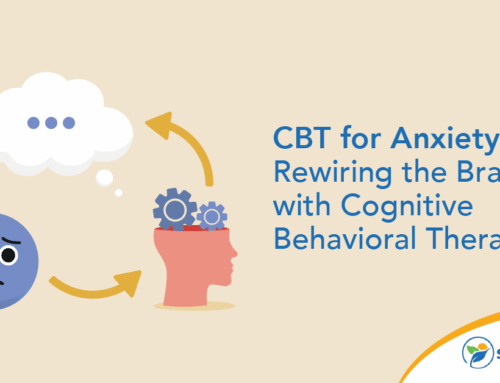Post-traumatic stress disorder is a serious mental health condition that can develop after a traumatic experience. According to the U.S. Department of Veterans Affairs, about 6 out of every 100 people develop PTSD at some point in their lives. Despite the condition’s prevalence and ability to affect an individual’s daily functioning, several myths about PTSD deter people from seeking treatment.
Keep reading to debunk seven common misconceptions about PTSD, and learn an accurate definition of the disorder to access needed support.
Debunking Common Myths About PTSD
Misconceptions about mental illnesses often perpetuate toxic stereotypes, causing some people to avoid treatment, even if it’s needed to help them get better. Here are seven common myths about PTSD and factual information to break the stigma and raise awareness about the condition.
1. PTSD Only Affects Military Veterans
PTSD is slightly more common among military veterans than the general population, with 7% of veterans receiving a diagnosis. However, anyone at any age who experiences or witnesses a traumatic event can develop PTSD. While engaging in military combat is a common cause of PTSD, other traumatic experiences that can increase the risk include:
- Childhood trauma or abuse
- Natural disasters
- Car accidents
- Sexual or physical assault
- Living in a high-stress or unsafe environment
2. PTSD Is a Sign of Weakness
Developing PTSD doesn’t indicate weakness or a personal flaw. It’s a diagnosable mental health condition that alters cognitive functions, including concentration, memory and problem-solving, and causes an enhanced fear response, even when the person isn’t in a dangerous situation. These changes and responses aren’t voluntary and serve to protect the individual from actual or perceived harm.
3. Experiencing a Traumatic Event Always Results in PTSD
Not everyone who experiences trauma develops PTSD. Although nearly everyone is exposed to trauma at some point in their lives, about 6% of individuals have the condition. Certain risk factors can increase a person’s chance of developing PTSD, including:
- Experiencing repeated trauma
- Being a woman (PTSD rates are higher among women than men)
- Receiving limited social support after a traumatic event
- Having low self-esteem
- Having a history of mental illness or substance abuse
These factors typically result from life circumstances or environment, not personal choices.
4. People With PTSD Are Dangerous
Having PTSD is distressing and can cause intense symptoms, including flashbacks, nightmares and frightening thoughts. Although the condition often results from a dangerous or violent situation, the person who experiences it rarely engages in harmful behavior toward others. In fact, research suggests people with mental illnesses are more likely to be victims of violent crimes than perpetrators.
5. PTSD Goes Away With Time
A person develops PTSD when they associate a trigger or an experience with their distressing thoughts and behaviors. These associations present strongly in a person’s mind, making it difficult to undo them without support. People with PTSD may avoid treatment because they don’t want to talk about or relive their traumatic memories, but this avoidance often worsens their symptoms.
Seeking professional help, including therapy, medication or support groups, can alleviate PTSD symptoms and improve overall well-being. It can also help an individual connect with other people sharing similar experiences to get advice and feel less alone.
6. Everyone With PTSD Experiences the Same Symptoms
PTSD can cause a variety of physical, emotional and cognitive symptoms, all of which present differently depending on the person and severity of their trauma. The Diagnostic and Statistical Manual of Mental Disorders separates symptoms into four categories:
- Reexperiencing symptoms. Intrusive thoughts or nightmares that cause individuals to feel as if they’re reliving their trauma
- Avoidance behaviors. Actively avoiding certain places, situations or objects that remind someone of their trauma
- Cognition and mood symptoms. Negative or illogical thoughts and feelings related to the trauma and why it happened
- Arousal and reactivity symptoms. Being easily startled, having angry outbursts or experiencing difficulty sleeping or concentrating
A person must have at least one symptom from each category to be diagnosed with PTSD.
7. PTSD Develops Directly After a Traumatic Event
PTSD symptoms rarely manifest immediately after a traumatic event. Some people may develop symptoms within a month after the event, while others may not notice signs until months or years later. Extremely stressful situations can alter how memories are stored in the brain, making them inaccessible to conscious thought.
Additionally, some people may change how they feel or think about a traumatic event after time has passed, altering their fear response and triggering symptoms. The length of time symptoms take to manifest doesn’t impact the severity of the condition or its ability to be treated.
Understanding PTSD: The Reality of Living With the Disorder
After exploring common PTSD stereotypes, it’s important to understand the reality of living with the disorder to make informed treatment decisions. PTSD develops after a person experiences or witnesses a traumatic event. It’s a debilitating condition that can affect an individual’s everyday functioning, making them feel helpless and alone.
Some of the most common PTSD symptoms include flashbacks, nightmares and intrusive thoughts. Other symptoms include:
- Avoiding talking or thinking about the traumatic event
- Feeling guilty or ashamed about what happened
- Feeling emotionally numb or depressed
- Having difficulty maintaining relationships
- Losing interest in pleasurable activities
- Feeling hopeless about the future
- Being constantly on guard due to fear of danger or threats
- Feeling irritable or agitated
- Having trouble sleeping or concentrating
Some people may engage in self-destructive behaviors, including using drugs or alcohol, driving recklessly or hurting themselves, to alleviate symptoms. They may have trouble maintaining a job and interpersonal relationships or develop additional mental health issues, including anxiety, depression or substance use disorder.
Despite these harmful effects, PTSD is highly treatable. Many people build and maintain healthy lifestyles by seeking professional treatment, learning positive coping skills, engaging in self-care and attending support groups.
Accessing Accurate Information Can Help You Seek Needed Treatment
Misconceptions about PTSD and other mental illnesses are harmful and prevent individuals from seeking needed support. However, accessing accurate PTSD facts can help you learn about the condition and understand the best way to help yourself or a loved one.
Talking or thinking about past trauma can be scary and hurtful, but it’s necessary for the healing process. Sunlight Recovery offers comprehensive PTSD treatment to give individuals a safe space to process their trauma. Contact us today to learn about our services and find the strength to move forward.







